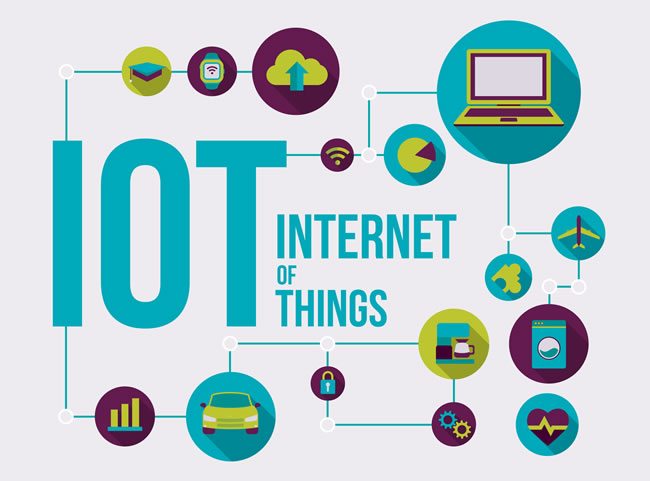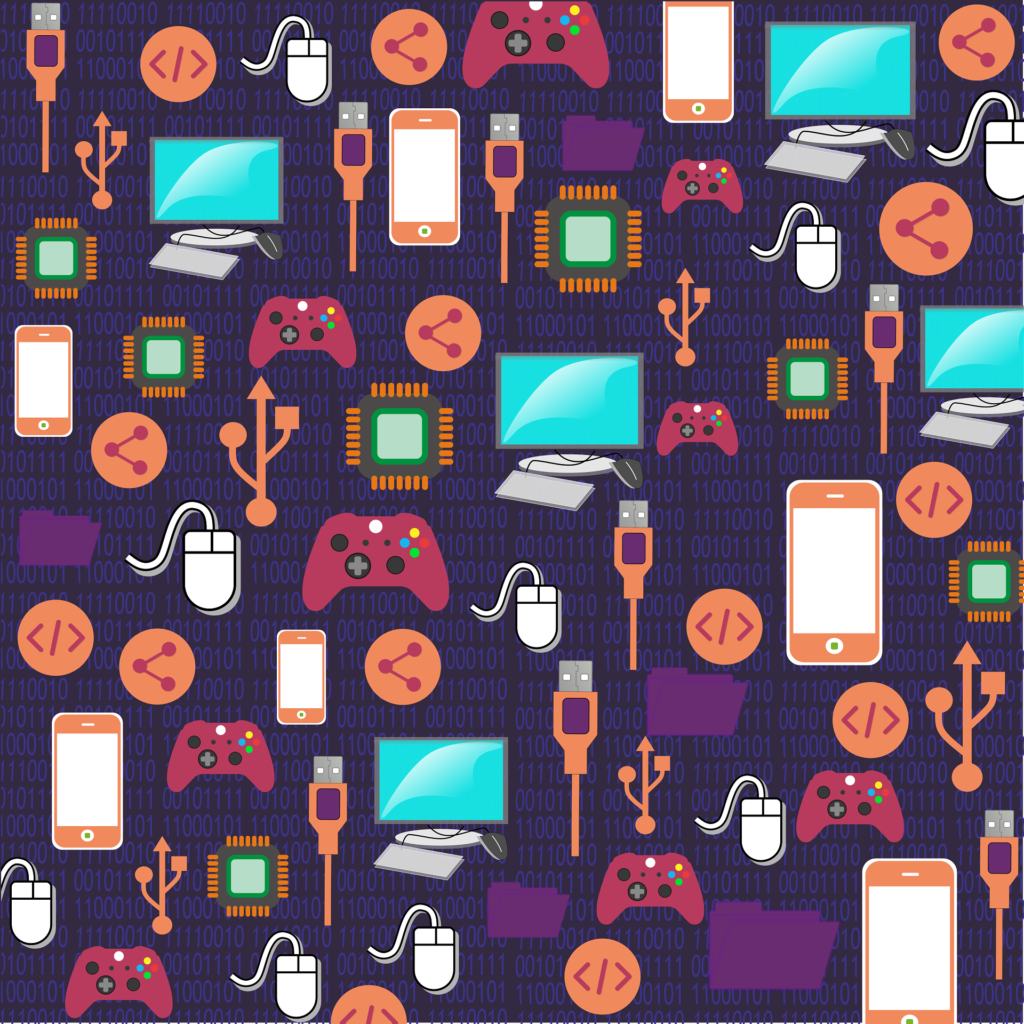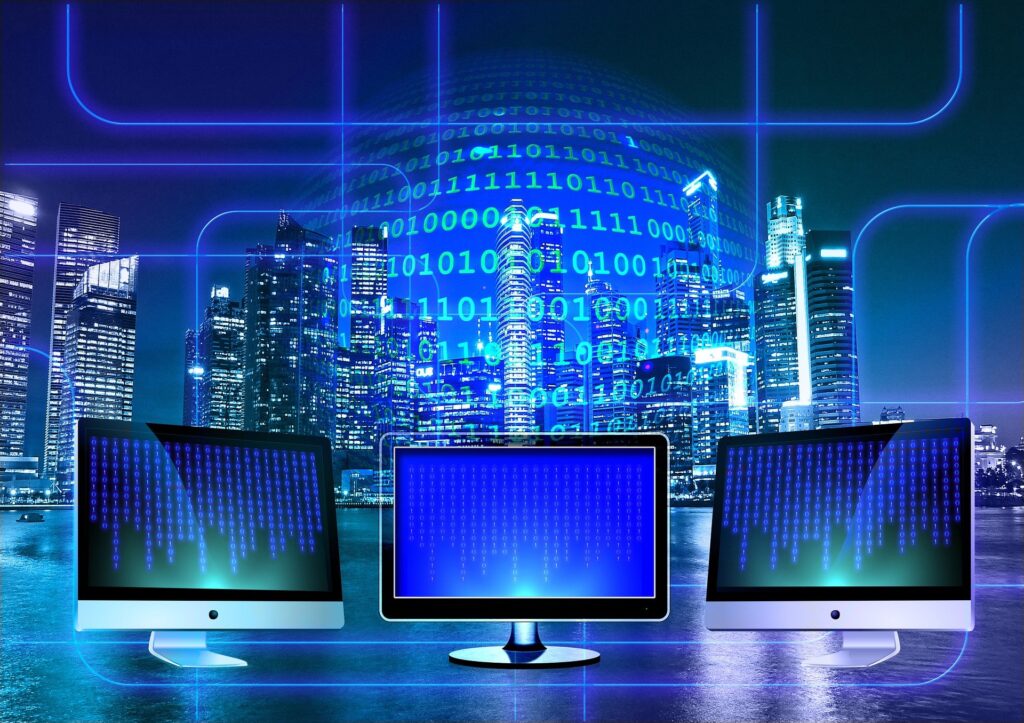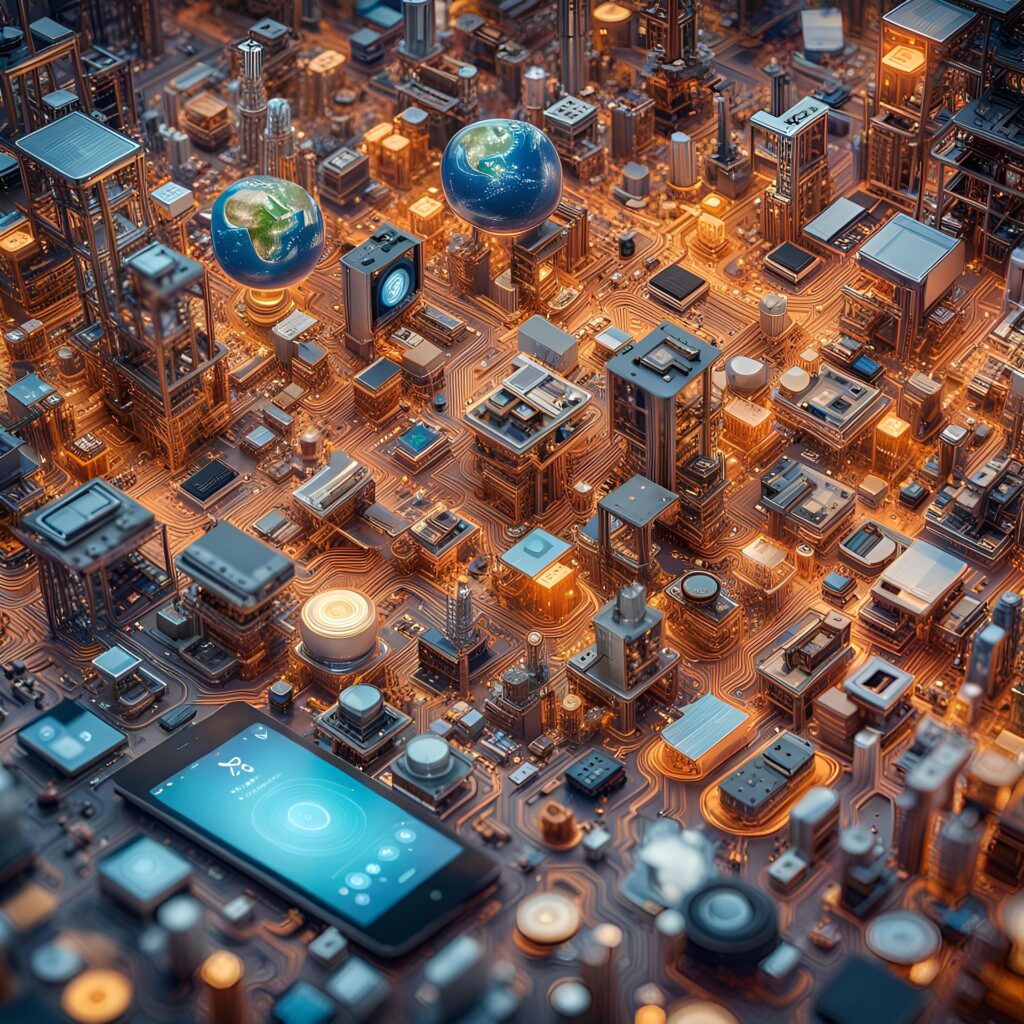The Internet of Things (IoT) has become a cornerstone of modern technology, connecting devices, systems, and people in ways that were once unimaginable. From smart homes to industrial automation, IoT devices are revolutionizing how we live, work, and interact with the world. But with so many devices flooding the market, which ones truly stand out?
In this comprehensive guide, we’ll explore the 20 most powerful IoT devices that are shaping the future. Whether you’re a tech enthusiast, a business leader, or simply curious about the latest innovations, this article will provide you with detailed insights into the devices that are redefining industries and enhancing everyday life.
What Makes an IoT Device Powerful?
Before diving into the list, it’s important to understand what makes an IoT device truly powerful. Here are the key criteria we used to select these devices:
- Innovation: Does the device introduce groundbreaking features or capabilities?
- Impact: How significantly does it improve efficiency, convenience, or quality of life?
- Usability: Is it user-friendly and accessible to a wide audience?
- Scalability: Can it be integrated into larger systems or adapted for various use cases?
- Security: Does it prioritize data privacy and cybersecurity?
With these factors in mind, let’s explore the 20 most powerful IoT devices across various categories.

1. Smart Home IoT Devices
1.1 Amazon Echo (4th Gen)
The Amazon Echo is the cornerstone of smart home technology. Powered by Alexa, this voice-controlled assistant can manage your smart home devices, play music, answer questions, and even order groceries.
- Key Features: Voice control, multi-room audio, Zigbee hub for smart home devices.
- Applications: Home automation, entertainment, and productivity.
- Why It’s Powerful: Its seamless integration with thousands of third-party devices makes it a central hub for smart homes.
1.2 Google Nest Thermostat
The Google Nest Thermostat learns your schedule and adjusts the temperature to save energy while keeping you comfortable.
- Key Features: Self-learning algorithms, energy-saving mode, remote control via app.
- Applications: Energy efficiency and home comfort.
- Why It’s Powerful: It reduces energy consumption by up to 20%, making it both eco-friendly and cost-effective.
1.3 Philips Hue Smart Lighting
Philips Hue allows you to control your home lighting with your smartphone or voice assistant. You can change colors, set schedules, and create ambiance for any occasion.
- Key Features: Color customization, voice control, and automation.
- Applications: Home lighting and mood setting.
- Why It’s Powerful: Its versatility and ease of use make it a favorite among smart home enthusiasts.

2. Healthcare IoT Devices
2.1 Fitbit Sense 2
The Fitbit Sense 2 is a premium health smartwatch that tracks your heart rate, sleep patterns, stress levels, and more.
- Key Features: ECG monitoring, stress management tools, and sleep tracking.
- Applications: Personal health monitoring and fitness tracking.
- Why It’s Powerful: It provides actionable insights to improve your overall well-being.
2.2 Withings Body Scan
This advanced smart scale measures body composition, including muscle mass, fat percentage, and even nerve activity.
- Key Features: Full-body composition analysis, heart rate monitoring, and app integration.
- Applications: Health and fitness tracking.
- Why It’s Powerful: It offers a comprehensive view of your health in one device.
2.3 Medtronic Guardian Connect
A continuous glucose monitoring (CGM) system designed for diabetics, the Medtronic Guardian Connect provides real-time glucose readings and alerts.
- Key Features: Real-time glucose monitoring, predictive alerts, and app integration.
- Applications: Diabetes management.
- Why It’s Powerful: It empowers users to manage their condition proactively.
3. Industrial IoT Devices
3.1 Siemens MindSphere
MindSphere is a cloud-based IoT operating system that connects industrial equipment to the digital world.
- Key Features: Data analytics, predictive maintenance, and asset management.
- Applications: Industrial automation and optimization.
- Why It’s Powerful: It enables businesses to optimize operations and reduce downtime.

3.2 GE Predix Platform
Predix is an industrial IoT platform that helps companies analyze data from machines and systems.
- Key Features: Machine learning, edge computing, and asset performance management.
- Applications: Industrial automation and predictive maintenance.
- Why It’s Powerful: It drives efficiency and innovation in industrial settings.
3.3 Honeywell Forge
Honeywell Forge is an enterprise performance management software that leverages IoT to improve operational efficiency.
- Key Features: Real-time analytics, predictive maintenance, and cybersecurity.
- Applications: Industrial and building management.
- Why It’s Powerful: It integrates seamlessly with existing systems to deliver actionable insights.
4. Wearable IoT Devices
4.1 Apple Watch Series 9
The Apple Watch Series 9 is a versatile smartwatch that tracks fitness, monitors health, and keeps you connected.
- Key Features: ECG monitoring, blood oxygen tracking, and fall detection.
- Applications: Health monitoring and fitness tracking.
- Why It’s Powerful: Its advanced health features make it a lifesaver for many users.
4.2 Samsung Galaxy Watch 6
This smartwatch offers comprehensive health tracking, including sleep analysis and heart rate monitoring.
- Key Features: Advanced sleep coaching, ECG monitoring, and fitness tracking.
- Applications: Health and fitness monitoring.
- Why It’s Powerful: It combines style with cutting-edge health technology.
4.3 Oura Ring Gen 3
The Oura Ring is a sleek wearable that tracks sleep, activity, and overall health.
- Key Features: Sleep staging, heart rate monitoring, and temperature tracking.
- Applications: Health and wellness tracking.
- Why It’s Powerful: Its unobtrusive design and accurate tracking make it a standout wearable.

5. Smart City IoT Devices
5.1 Cisco Kinetic for Cities
This platform helps cities manage infrastructure, from streetlights to traffic systems.
- Key Features: Real-time data collection, analytics, and automation.
- Applications: Urban planning and infrastructure management.
- Why It’s Powerful: It enhances the efficiency and sustainability of cities.
5.2 Bosch IoT Suite
Bosch’s IoT platform connects devices and systems to improve urban living.
- Key Features: Data integration, analytics, and device management.
- Applications: Smart city solutions.
- Why It’s Powerful: It enables cities to become smarter and more connected.
6. Agriculture IoT Devices
6.1 John Deere Operations Center
This platform connects farm equipment to provide real-time data and insights.
- Key Features: Field monitoring, equipment tracking, and yield analysis.
- Applications: Precision agriculture.
- Why It’s Powerful: It helps farmers optimize their operations and increase yields.
7. Retail IoT Devices
7.1 Amazon Go Stores
Amazon Go uses IoT and AI to create a cashier-less shopping experience.
- Key Features: Automated checkout, real-time inventory tracking.
- Applications: Retail and customer experience.
- Why It’s Powerful: It revolutionizes the shopping experience with seamless technology.
8. Environmental IoT Devices
8.1 Air Quality Monitors (e.g., Awair)
Devices that monitor indoor air quality.
8.2 Smart Water Meters (e.g., Sensus)
IoT-enabled water meters for efficient water management.
8.3 Weather Stations (e.g., Netatmo)
IoT-enabled weather stations for real-time climate monitoring.
8.4 Smart Irrigation Controllers (e.g., Rachio)
IoT devices for optimizing outdoor watering systems.
8.5 Solar Panel Monitoring Systems (e.g., SolarEdge)
IoT-enabled systems for monitoring solar energy production.

9. Transportation IoT Devices
9.1 Tesla Autopilot
An IoT-enabled autonomous driving system.
9.2 Geotab Telematics
IoT devices for fleet management and vehicle tracking.
9.3 Smart Traffic Lights (e.g., Rapid Flow Technologies)
IoT-enabled traffic lights for reducing congestion.
9.4 Connected Cars (e.g., BMW ConnectedDrive)
IoT systems for enhancing in-car connectivity and safety.
9.5 Bike-Sharing Systems (e.g., LimeBike)
IoT-enabled bikes for urban mobility solutions.
10. Energy IoT Devices
10.1 Smart Thermostats (e.g., Ecobee)
IoT-enabled thermostats for energy-efficient heating and cooling.
10.2 Smart Grids (e.g., Schneider Electric)
IoT-enabled energy grids for efficient power distribution.
10.3 Home Energy Monitors (e.g., Sense)
IoT devices for tracking home energy usage.
10.4 Smart Plugs (e.g., TP-Link Kasa)
IoT-enabled plugs for controlling appliances remotely.
10.5 Wind Turbine Monitoring Systems (e.g., GE Wind Power)
IoT systems for optimizing wind energy production.
The Future of IoT Devices
The IoT landscape is constantly evolving, with advancements in AI, 5G, and edge computing driving innovation. As these technologies mature, we can expect even more powerful and interconnected devices that will transform industries and improve our daily lives.
Conclusion
The 20 IoT devices highlighted in this guide represent the pinnacle of innovation and impact in the IoT space. From smart homes to industrial automation, these devices are shaping the future and redefining what’s possible. As IoT continues to evolve, the potential for transformative change is limitless.
Whether you’re looking to upgrade your home, optimize your business, or simply stay ahead of the curve, these powerful IoT devices are worth exploring. The future is connected—and it’s here today.
FAQs About IoT Devicess
1. What is an IoT device?
An IoT (Internet of Things) device is any physical object embedded with sensors, software, and connectivity features that allow it to collect and exchange data over the internet. Examples include smart thermostats, fitness trackers, and industrial sensors.
2. How do IoT devices improve daily life?
IoT devices enhance daily life by automating tasks, improving efficiency, and providing real-time insights. For example, smart home devices like Amazon Echo can control lights and appliances, while wearable devices like the Fitbit Sense 2 track health metrics to help users stay fit.
3. Are IoT devices secure?
While IoT devices offer numerous benefits, they can be vulnerable to cybersecurity threats if not properly secured. To protect your data, always use strong passwords, enable two-factor authentication, and keep your devices updated with the latest firmware.
4. What industries benefit the most from IoT devices?
IoT devices are transforming industries like healthcare (e.g., Medtronic Guardian Connect), agriculture (e.g., John Deere Operations Center), manufacturing (e.g., Siemens MindSphere), and retail (e.g., Amazon Go Stores). They improve efficiency, reduce costs, and enable data-driven decision-making.
5. What is the future of IoT devices?
The future of IoT devices is incredibly promising, with advancements in AI, 5G, and edge computing driving innovation. We can expect smarter, faster, and more interconnected devices that will revolutionize industries like healthcare, transportation, and smart cities.

1 thought on “The Ultimate Guide to the 10 Most Powerful IoT Devices”